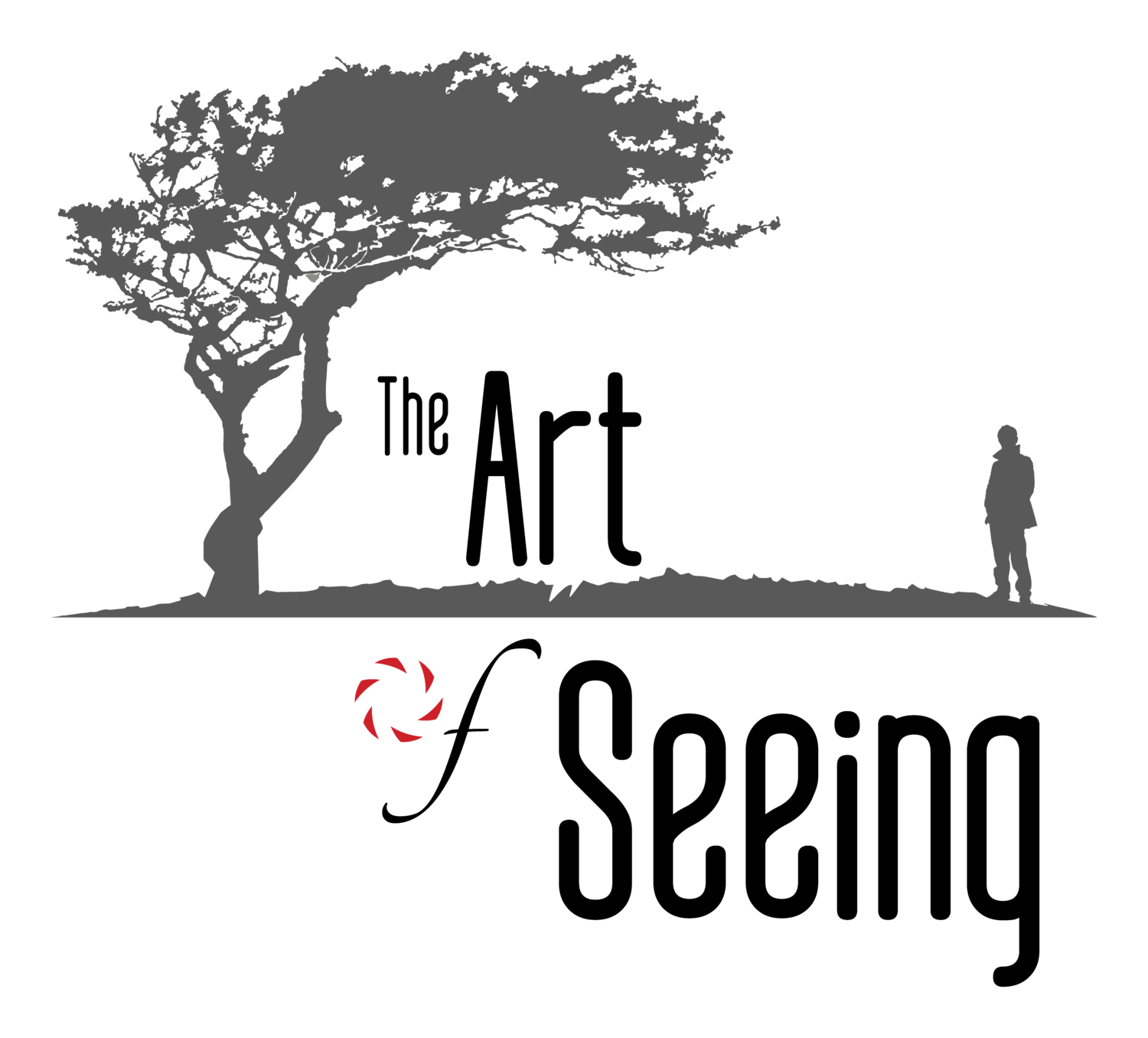LANDSCAPE PHOTOGRAPHY FUNDAMENTALS
Compose, then Expose
There’s nothing worse than a sharp picture of a fuzzy concept” – Ansel Adams
“Photographs are made, not taken.” – Ansel Adams
“A good picture is mostly about knowing where to stand” – Ansel Adams
Ok, lesson over, class dismissed. The master said it all and said it best when it comes to this topic. And who’s going to argue with Ansel? But let’s explore just a bit further – otherwise this would be a really short article.:
Too often, I see people walk up to a scene, point their cameras in the direction of their subject and immediately start fiddling with camera settings (exposure settings, focus, etc). It makes me want to run up and remind them that photography, especially landscape photography, is basically a two-step process – Composing, then Exposing.
Composition
First Things First
Composition comes first. Do not skip ahead to Step 2. Do not pass Go, do not collect $200. As Ansel Adams clearly stated, this is the important part of the process. If you’re not spending significantly more time finding and refining your composition than fiddling with your focus and settings, you’re ‘doing it wrong’. As sophisticated as today’s cameras are, they’re still all incredibly stupid in one sense – none of them have a clue what you’re pointing them at! This is why a new camera rarely results in a breakthrough in your photography. Perhaps my next camera, loaded with the latest AI (artificial intelligence), will tell me, “no, a little to the left, dummy!” Until then, composing our images remains our burden.
Stop Taking Pictures!
The camera is a creative tool, not a recording device. Instead of thinking of photography as taking pictures of things, try thinking of it more as creating a photograph with those same things. Practically speaking, this means that if you’re standing in front of a lake and a mountain, you could create dozens of different images without ever moving your tripod, simply by angling the camera slightly up or down, left or right. Choose a different lens (or zoom in/out) and the possibilities increase exponentially. Now move six inches to the left or right, up or down. Or just wait for the light to change. The variations are endless. But which of these pictures is The Photograph? This is what composition is all about…making deliberate decisions about exactly what goes in your frame. Yes, we know there will be a mountain and a lake in the image, but all of the mountain and all of the lake? How about the shoreline or that rock, those branches? How much sky, exactly? Should I step back a bit? Move forward? How should the lake and mountain line up? In a straight line…more diagonally? I could go on for a long time, which is why composition is the harder and more time-consuming part of the process
Work slowly, use a tripod, try variations, make small adjustments, review your image, rinse & repeat – this may feel a bit overwhelming – so many choices, how do I make the right one? Relax, there is a way and it doesn’t involve rules or formulas to memorize – a way that feels more like play than work. We’ll go over this method in detail during the workshop, but for now the things to keep in mind are that composition should take time, small changes make a big difference and don’t expect your first attempt to be ‘the one’. I’ll often shoot dozens of variations of a scene and more times than not, the last one ends up being ‘the one.’ So it’s not a matter of ‘spray and pray’ – if I shoot a bunch, there’s bound to be good one in there – but more of a process of continually refining to achieve an image that best represents what you saw, or more accurately, what you felt.
Step 2 – Exposing Fundamentals
Exposure and Focus – this is the easy part, the part about the f-stops and shutter speeds and ISO’s. But it’s also the part that a lot of people tend to get all twisted up in knots about. I’ll go over a simplified paradigm for getting the right camera settings during the workshop, but the concept I want to introduce here is that these settings, aka exposure, are simply about getting the right brightness for your picture and determining what’s in focus and what’s out of focus. That’s it.
I think a lot of photographers operate under the misconception that there is some magic in those settings (or other camera settings) and the reason that their images aren’t coming out as good as they want is because they don’t fully understand how to ‘work their camera’. This is completely false. There is no magic in f-stops or shutter speeds, ISO’s or any other camera setting. All of the magic was back in Step 1.

